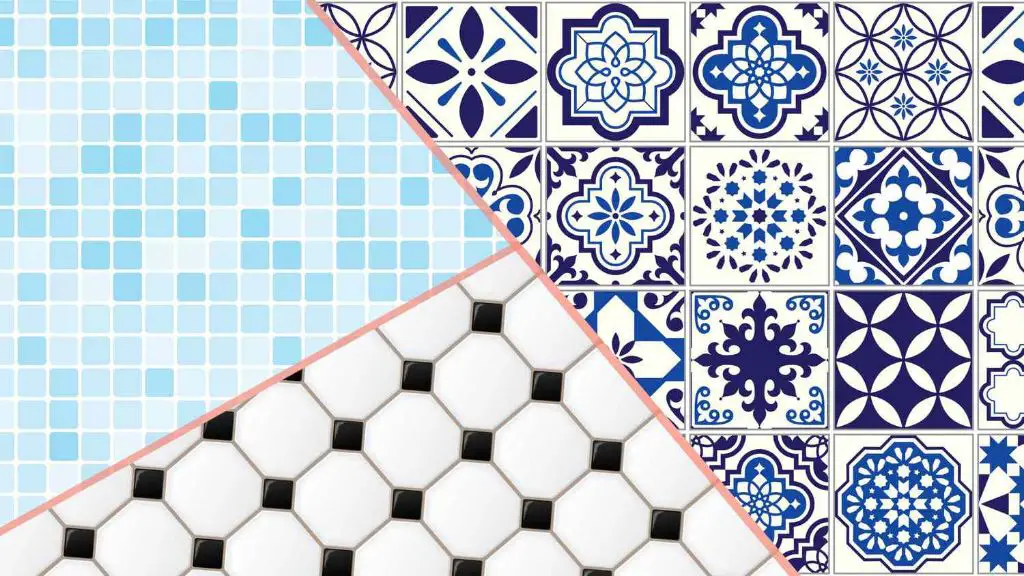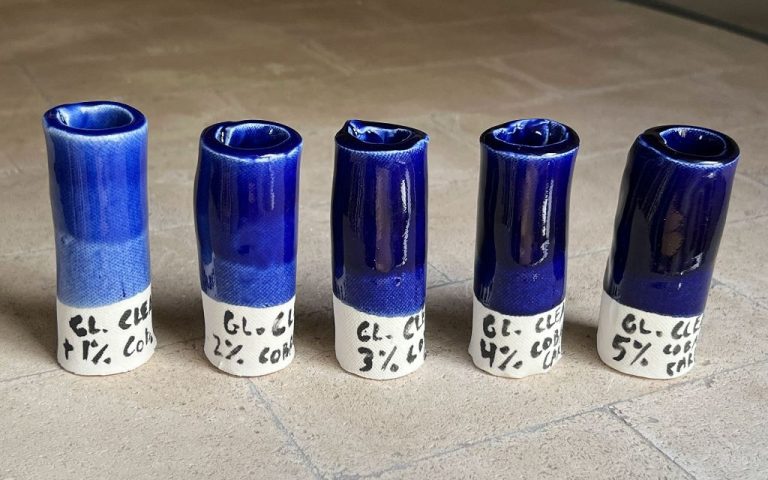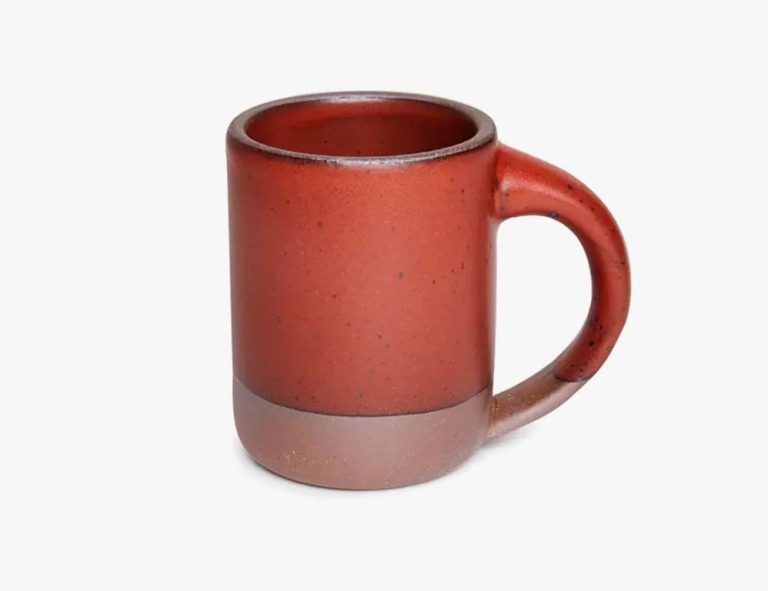Can Tile Be Used As Dining Table Top?
Using tile for dining table tops has become an increasingly popular option for modern home decor. Tile table tops provide a stylish, durable, and low-maintenance surface for dining. However, tile does have some drawbacks compared to more traditional table top materials like wood. This article provides an overview of using tile for dining tables, including the pros and cons compared to materials like wood, granite, marble, and laminate.
Tile is prized for its longevity, easy maintenance, and design flexibility. Made from natural or engineered stone, tile resists scratches, stains, and heat. It’s an ideal surface for busy kitchens and dining spaces. Tile comes in a vast array of colors, textures, shapes, and patterns, allowing personalized design. Compared to materials like wood, tile requires little upkeep beyond quick wiping.
However, tile has some downsides. It lacks the warmth and character of natural wood. The grout lines need periodic resealing and can stain. Tile’s hardness and lack of give means a dropped dish is more likely to break. Installation is also more complex than wood, often requiring professional help. The surface can be uncomfortably cold in winter. Overall, tile dining table tops provide a stylish, durable option but may not suit every aesthetic.
Tile Types
There are several types of tile that can be used to create a durable and stylish dining table top.

Two of the most popular options are porcelain and ceramic tile. According to How to tile a dining table DIY using geo blue white tiles (https://layered.home.lilysawyer.com/how-to-tile-a-dining-table-easy-tutorial-diy-porcelain-tiles-blue-white/), porcelain tiles are extremely durable, stain resistant, and easy to clean. They come in a variety of sizes, colors, and finishes. Ceramic tile is another great choice that is available in a huge range of styles. It’s a bit more prone to chipping than porcelain.
Glass tile can create a sleek, modern look. Mosaic tile involves small, intricate patterns and delivers visual interest. There are subtle differences in durability and maintenance between the various tile types that are covered in more depth later in this article.
Durability
Tile is known for being an extremely durable material that can withstand a lot of wear and tear over time. When used as a dining table top, tile offers excellent scratch, stain, and heat resistance (Source: https://www.linkedin.com/pulse/what-pros-cons-ceramic-dining-table-fabuliv-india). The glazed surface of ceramic and porcelain tile makes it very resistant to scratches, even from sharp objects. Tile’s non-porous nature also makes it stain-resistant, so it won’t easily absorb liquids like wood or natural stone might. And tile can withstand very high temperatures, allowing hot pots and pans to be placed directly on the table without damage (Source: https://www.grainandframe.com/buying-guides/types-of-table-tops-a-buyers-guide/). This level of durability makes tile an ideal choice for busy kitchens and dining areas that see a lot of use.
Maintenance
Proper maintenance is crucial for preserving the beauty and longevity of a tile tabletop. Tile requires regular cleaning and occasional sealing to prevent stains, etching, and excessive wear. According to Cantoni, ceramic and porcelain tiles can be easily cleaned with a damp cloth or sponge and mild detergent. Restaurants may need professional cleaning every 2-4 months, as tile can become slippery if not properly maintained (Wolfe Flooring).
Sealing tile periodically will help prevent stains and damage from acidic foods and liquids. Using coasters for beverages is also recommended. Limestone and natural stone tops are more porous than ceramic and may require more frequent sealing. Always check the manufacturer’s care instructions for your specific tile material and finish.
Style Options
When selecting tiles for a dining table, there are many style options to consider in terms of tile shapes, patterns, and colors. Some popular options include:
Tile Shapes:
- Square tiles – Classic and versatile, easily laid out in grid patterns.
- Rectangle tiles – Elongated shape can create interesting linear designs.
- Hexagonal tiles – Interlocking six-sided tiles create neat geometric patterns.
- Subway tiles – Narrow rectangular tiles are a popular modern look.
Tile Patterns:
- Brick pattern – Tiles laid in offset rows like bricks.
- Herringbone pattern – Tiles point in alternating directions creating a V shape.
- Basketweave pattern – Overlapping rectangular tiles form a woven look.
- Mosaic pattern – Small tiles create a mosaic design.
Tile Colors:
- Neutral colors like white, black, gray create a clean, classic look.
- Earth tones like brown, beige, and tan for a natural feel.
- Bold colors like navy blue, emerald, or ruby make a dramatic statement.
- Multi-colored or patterned tiles add visual interest.
With all the options for shapes, patterns, and colors, tile tops offer great flexibility to create a dining table style that matches your personal taste and home décor.
Cost
Tile can be a cost-effective option for a dining table top compared to other materials like natural stone or wood. According to Amazon, the average cost of a tile top dining table is around $400, while a wood dining table often costs $500 or more. Ceramic and porcelain tiles typically range from $2-$15 per square foot, making it an affordable choice.
The cost of a tile table top will depend on the type and quality of tile selected. Porcelain tiles tend to be more expensive than ceramic. Handmade artisan tiles can also increase the price. Factors like tile thickness, texture, pattern, and finish will impact cost as well. Hiring a professional installer will add labor fees to consider too.
Overall, tile is generally cheaper than materials like natural stone, wood, or glass for a dining table top. Opting for ceramic over porcelain tiles, standard sizes like 12″x12″, and simple patterns can help keep the tile top affordable. With some diligent shopping, a high-quality tile dining table can often be purchased or custom-built for less than other options.
Installation
Tile can be installed on a dining table top as a DIY project or by hiring a professional. For DIY installation, make sure to follow instructions carefully and allow sufficient time for the project. Professional installation will provide expertise, save time and effort, and help ensure a quality result.
If installing tile yourself, prepare the table surface properly by sanding and cleaning it before applying thinset mortar. Lay the tiles in the mortar, using spacers for even gaps. Let it cure fully before grouting and sealing. Be patient during this process and do not rush drying times.1
Hiring a professional tiler is advisable for more complex designs or large table tops. They have the right tools, materials, and techniques to efficiently install tile on a table top and achieve an even finish. Professionals can also properly waterproof and reinforce the table to support a tile top.2
Sealing
Properly sealing a tile table top is crucial for protecting it and extending its lifetime. Two common types of sealants used are:
Finding The Best Tile Sealer for Ceramic and Porcelain Tiles
Penetrating sealants – These sealants soak into the tile and grout joints. They help prevent stains and damage from moisture. Popular options are silicone-based sealants like GlazeGuard®.
Topical sealants – These coat the surface of the tile to create a protective barrier. Top options are urethane-based sealants like Varathane Ultimate Polyurethane.
For porcelain tile tables, penetrating silicone-based sealants are generally the best choice. They provide invisible protection without altering the tile’s appearance. Be sure to apply 2-3 coats for maximum durability and longevity.
Longevity – How long tile tops can last
Tile can be an extremely durable material when used as a table top. Properly installed and maintained tile tops can potentially last for decades or even a lifetime. According to HomeAdvisor, natural stone tiles like granite, marble, and slate can last over 100 years with proper care and maintenance.
Ceramic and porcelain tiles may not last quite as long, but still have a very long lifespan. Sources suggest ceramic tile countertops can still last 50-100 years with routine sealing and cleaning [1]. Porcelain tile is estimated to last 40-50 years on average. The tile itself is very durable, but the grout between tiles requires sealing to prevent staining and damage over time. As long as the grout is properly sealed and maintained every 1-2 years, the tile top can remain in good shape for decades of daily use.
The longevity of a tile table top depends on several factors like tile thickness, texture, quality of installation, and ongoing maintenance. With proper installation techniques, care, and maintenance, tile tops can be extremely long-lasting in a home.
Conclusion
In summary, ceramic tile has both pros and cons as a dining table top material. The pros of using ceramic tile include its durability, scratch resistance, anti-microbial properties, style options, and relatively low cost compared to materials like natural stone. The cons are that ceramic can chip or crack if subjected to a strong direct impact, requires sealing to prevent stains, can feel cold to the touch, and is difficult for do-it-yourself installation. While ceramic is an affordable and stylish option, a porous grout line in between each tile can trap debris and require regular cleaning. Ultimately, ceramic tile can make for a functional, easy-care dining table top with the right protective sealant. However, materials like quartz or sintered stone provide a seamless surface that may be preferable for some.





